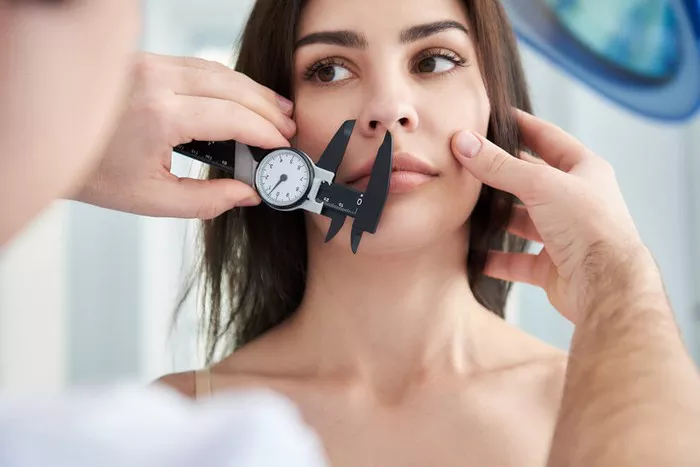Rhinoplasty, often referred to as a “nose job,” is a surgical procedure aimed at reshaping or reconstructing the nose for aesthetic or functional reasons. It is one of the most commonly performed plastic surgery procedures globally. For individuals considering rhinoplasty, understanding the type of anesthesia used during the surgery is a crucial aspect of their preparation. In this comprehensive guide, we will delve into the various types of anesthesia options available for rhinoplasty, including general anesthesia, local anesthesia, and twilight sedation, to help you make an informed decision about your upcoming procedure.
1. General Anesthesia:
General anesthesia is a common choice for rhinoplasty procedures, particularly for more complex cases or when a patient prefers to be completely unconscious during surgery. Here’s what you need to know about general anesthesia for rhinoplasty:
Procedure Overview:
Under general anesthesia, patients are fully unconscious and do not feel pain or have any awareness during the surgery.
An anesthesiologist administers the anesthesia through an intravenous (IV) line and monitors the patient’s vital signs throughout the procedure.
Advantages:
Complete unconsciousness ensures that the patient feels no pain and has no memory of the surgery.
General anesthesia allows the surgeon to perform more intricate and precise procedures, making it suitable for complex rhinoplasty cases.
Considerations:
General anesthesia involves a longer recovery time in the operating room before patients wake up.
It may carry a slightly higher risk compared to other anesthesia options, although serious complications are rare and closely monitored.
Patients need to arrange for someone to drive them home after the surgery and provide assistance during the initial recovery period.
2. Local Anesthesia with Sedation (Twilight Anesthesia):
Local anesthesia with sedation, often referred to as “twilight anesthesia,” is a popular choice for rhinoplasty due to its effectiveness in achieving pain control and patient comfort. Here’s an overview of this anesthesia option:
Procedure Overview:
Local anesthesia is administered to numb the surgical area, including the nose and its surrounding tissues.
Sedation is provided intravenously to induce a relaxed, semi-conscious state. Patients are aware of their surroundings but feel minimal discomfort and are often unable to recall the procedure afterward.
Advantages:
Local anesthesia with sedation offers a quicker recovery time than general anesthesia, allowing patients to awaken more rapidly.
It reduces the risk of postoperative nausea and other side effects associated with general anesthesia.
The surgeon can interact with the patient during the procedure, making it possible to adjust the surgical plan if needed.
Considerations:
While patients are not fully unconscious, they should not feel any pain during the surgery.
This option may not be suitable for more extensive or complicated rhinoplasty procedures, as the surgeon may require better patient cooperation and stillness.
3. Local Anesthesia Only:
In some cases, rhinoplasty can be performed under local anesthesia alone. This option is typically reserved for minor procedures or revisions. Here’s what you should know about local anesthesia for rhinoplasty:
Procedure Overview:
The surgeon administers local anesthesia to numb the nose and its immediate surroundings.
Patients remain fully conscious and aware during the procedure but should not experience pain due to the numbing effect of the anesthesia.
Advantages:
Local anesthesia alone minimizes the need for additional medications, reducing potential side effects.
Recovery time is swift, and patients can return to their normal activities more quickly.
Considerations:
Local anesthesia is generally suitable for minor rhinoplasty revisions or corrections but may not provide enough comfort for more extensive procedures.
Patients should have realistic expectations regarding their level of awareness during surgery.
Choosing the Right Anesthesia
The choice of anesthesia for rhinoplasty depends on several factors, including the complexity of the procedure, the patient’s medical history, and their personal preferences. It is crucial to have a detailed discussion with your plastic surgeon and anesthesiologist during the preoperative consultation to determine the most suitable anesthesia option for your specific case.
Conclusion
The type of anesthesia used for rhinoplasty can vary from general anesthesia to local anesthesia with sedation or local anesthesia alone. Each option has its advantages and considerations, and the choice should be tailored to the individual needs and preferences of the patient, as well as the complexity of the procedure.


